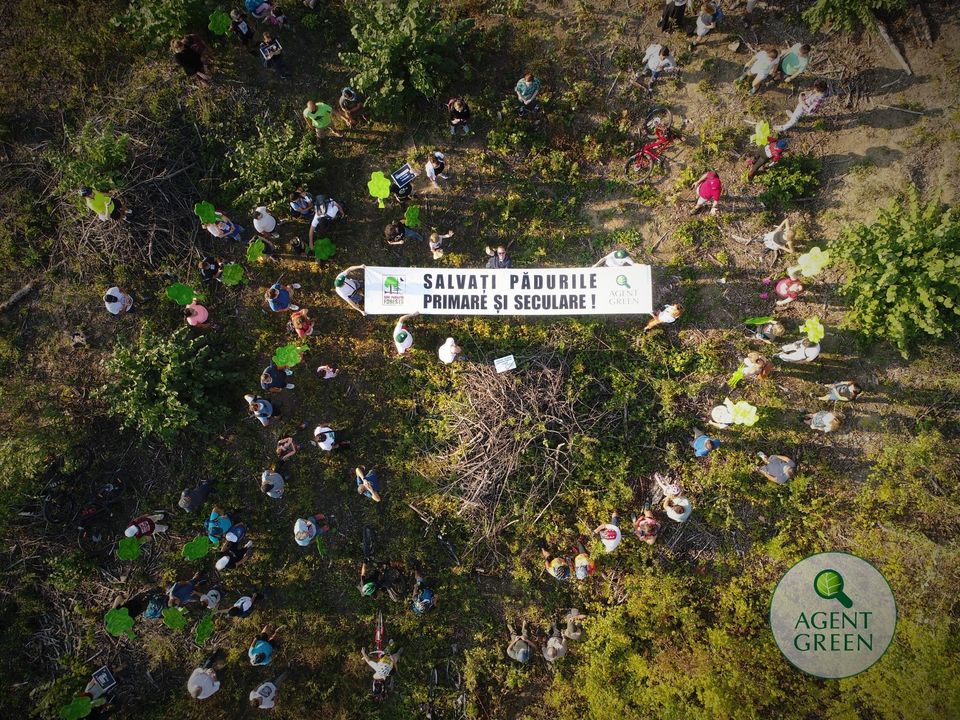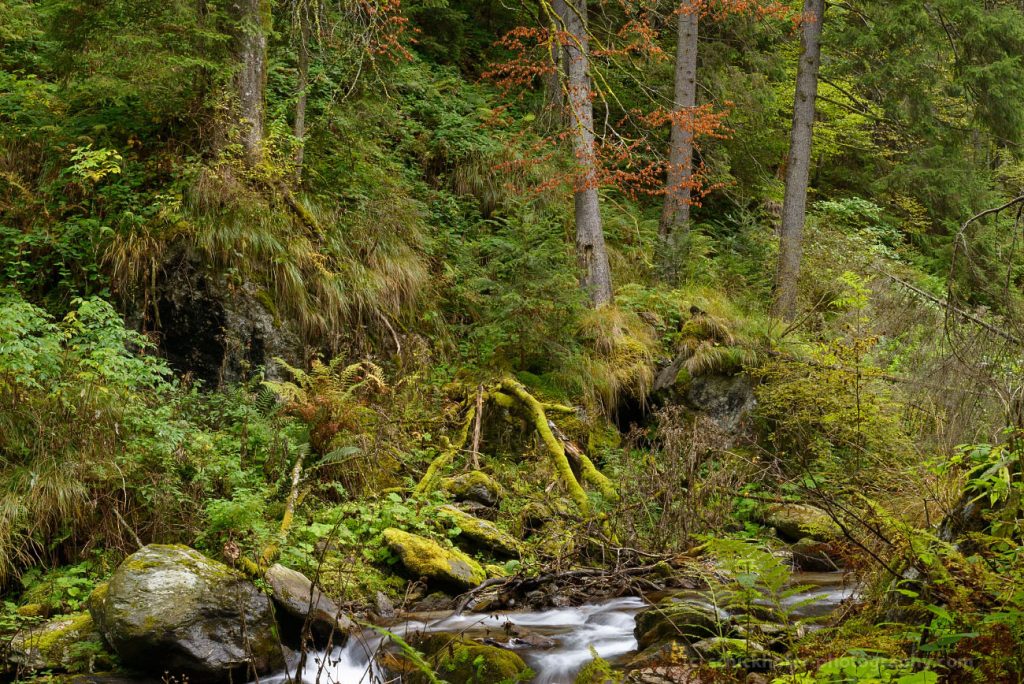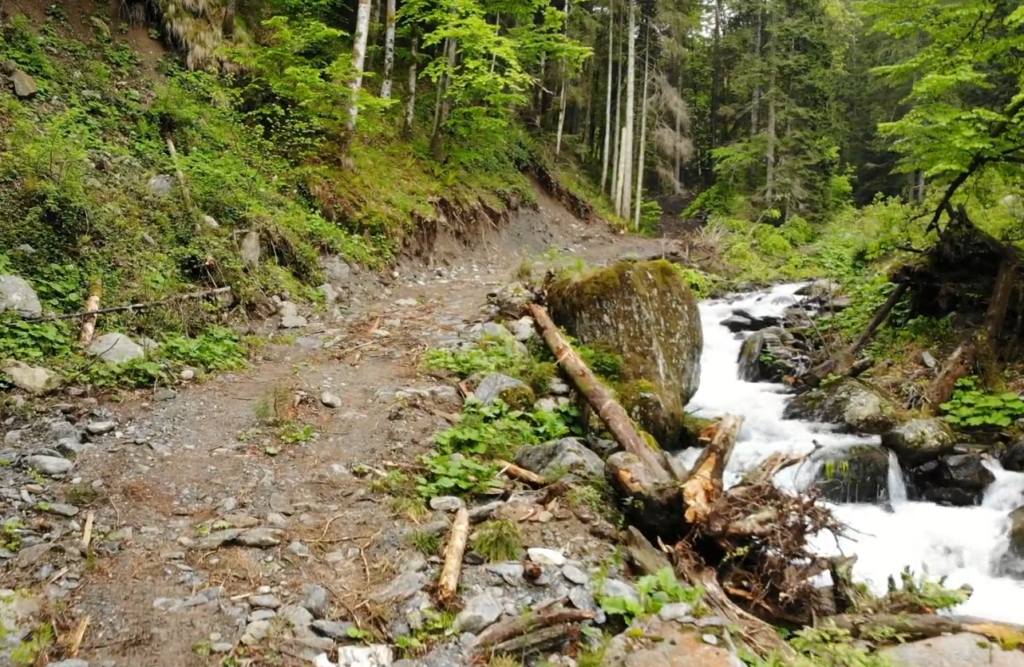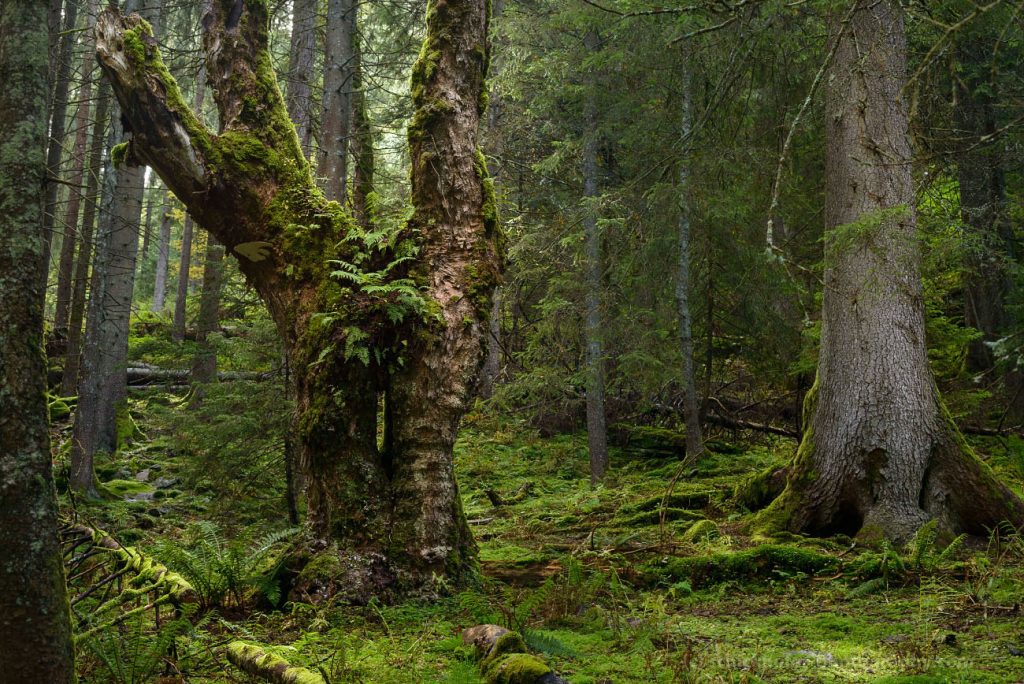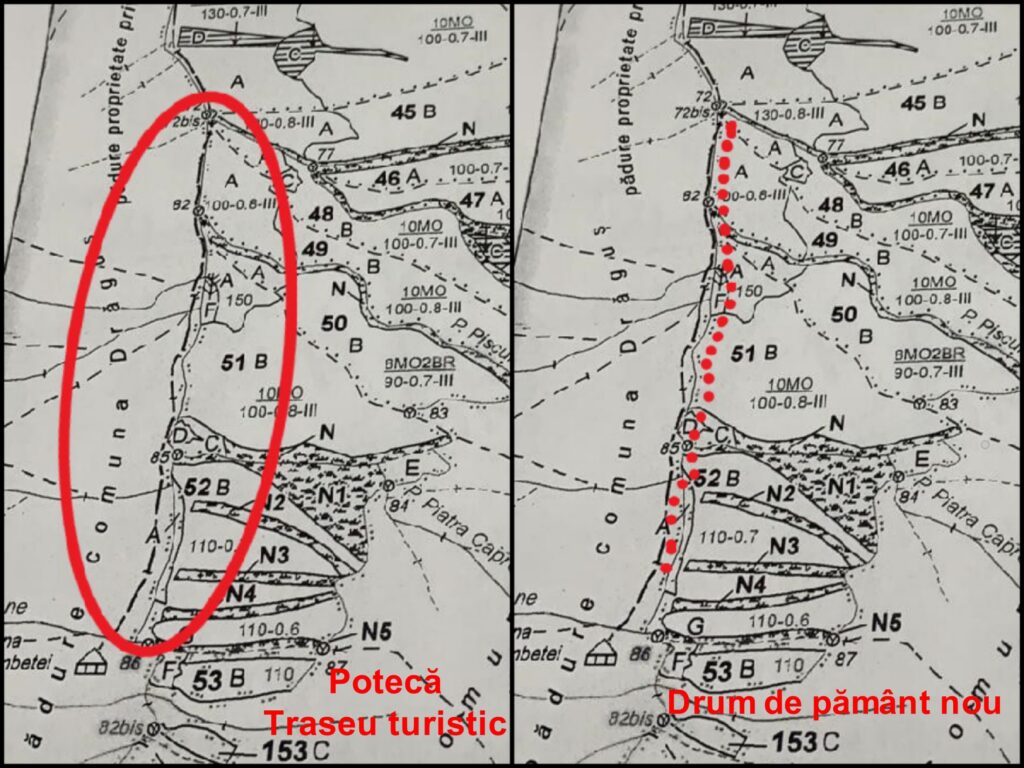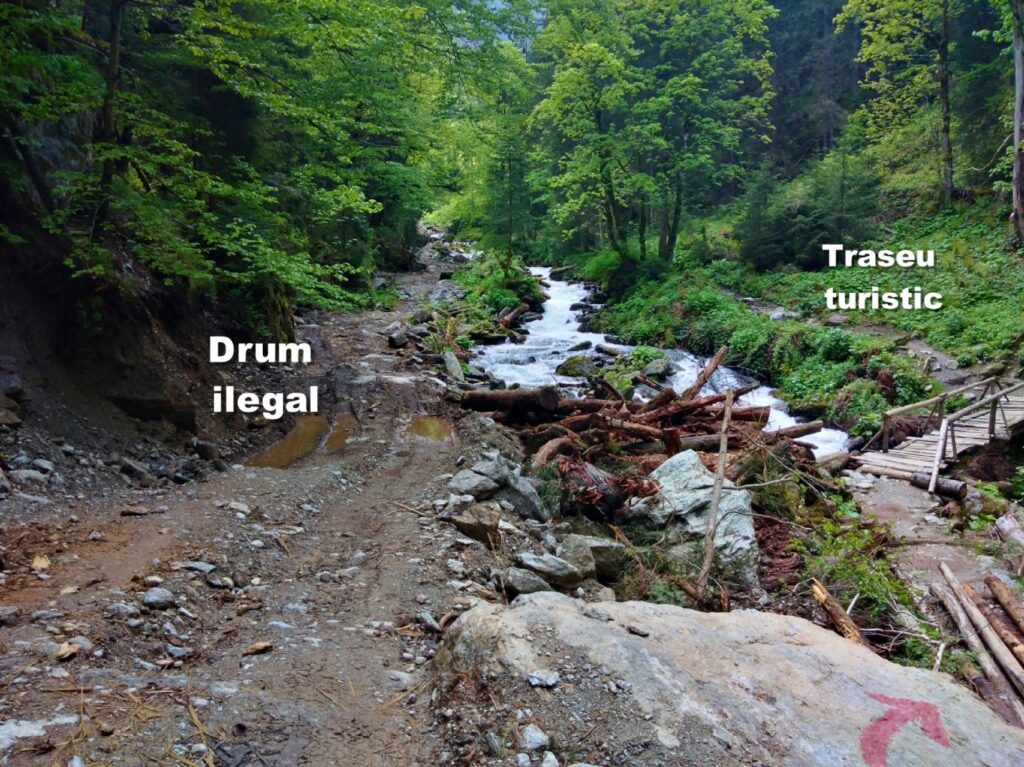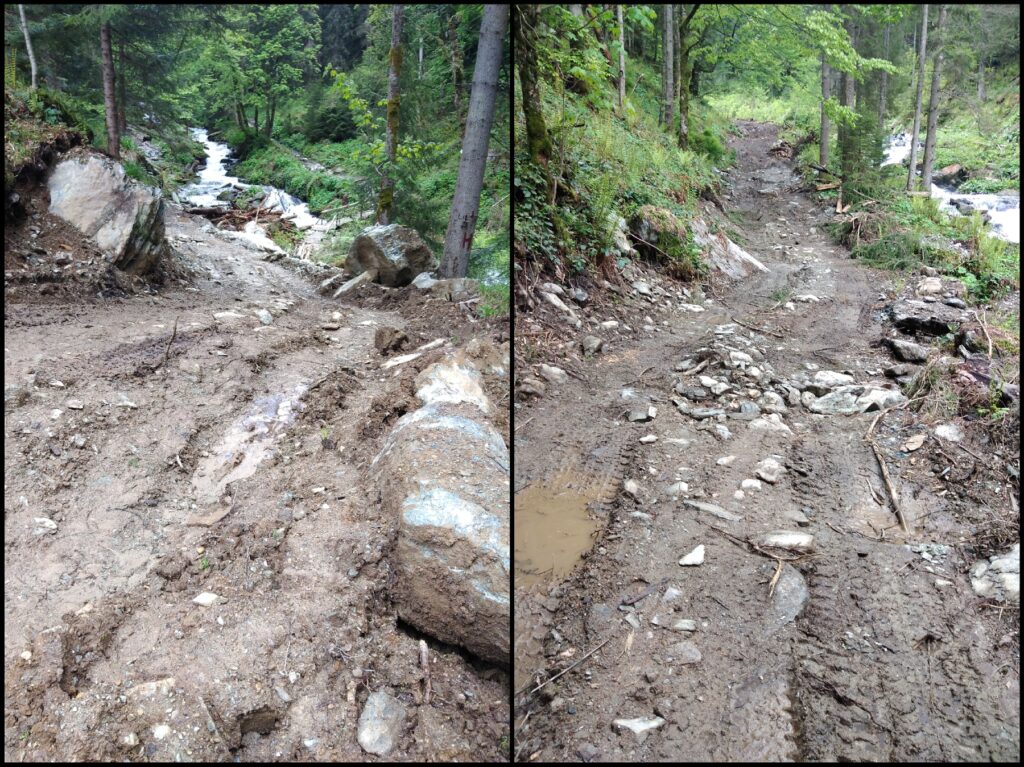Romanian Government continues to ignore EU legislation
Romanian non-governmental organizations and local action groups sound the alarm that logging plans in the Natura 2000 sites ROSPA0092 Pârdurea Bârnova and ROSCI0135 Pădurea Bârnova – Repedea endangers biodiversity, natural habitats, quality of life in the urban area and ecotourism. The dimension of logging plans in the protected mixed oak forests near the city of Iași as well as the lack of a proper management plan including adequate conservation measures for the bird protection site and missing environmental checks for both sites are apparently violations of EU nature protection legislation.
The Romanian environmental ministry and the local authorities have been aware of this legal deficiencies since spring 2020 due to a court case opened by NGO Agent Green. However, they did not take any appropriate action to fix this legal non-compliance. The lack of any reaction by the Romanian state apparently also contradicts the precautionary principle, which underlies Natura 2000 legislation.
Only around 102 hectares of old growth forests of a total of approximately 14.000 hectares forest in the area of the two Natura 2000 sites have been conserved as reserves with non-intervention management – which is less than one percent of the total forest area in the Natura 2000 site. The remaining 99% of forests are in an intensive logging regime.
In the last 10 years, 180 hectares of natural forest have been logged. And the authorities have approved the extraction of over 750,000 cubic meters of wood in the next 10 years without conducting any Natura 2000 appropriate assessment to eliminate the risk of deterioration of the conservation status of protected habitats and species.
The Natura 2000 protected areas of ROSPA0092 Pârdurea Bârnova and ROSCI0135 Pădurea Bârnova – Repedea are located less than 5 kilometers from the city of Iași and thus serve as important recreation area and are of high importance for air quality. The two protected areas overlap in most parts, ROSPA0092 measuring 12684.80 hectares, and ROSCI0135 measuring 12236.20 hectares.
The city of Iași is already currently facing an infringement procedure with the European Commission due to severe air pollution. The forests in the Bârnova – Repedea protected sites (located less than 5 kilometers away) represent the main source of clean air for the city.
In reaction to a complaint about systemic and wide spread destruction of high biodiversity value forests in Romanian Natura 2000 sites, which was filed by the NGOs EuroNatur, Client Earth and Agent Green, the European Commission has opened an infringement procedure against the Romanian state in February 2020.
The forests of Bârnova – Repedea are relevant for both infringement procedures.
However, despite these Infringement procedures, logging continues without adequate assessments and conservation plans for protected habitats and species.
ROSPA0092 stands out, according to the EU standard data form, as a key habitat for the Eurasian eagle-owl (Bubo bubo, the largest owl of Europe). It is a protected area that also meets the C1 and C6 criteria developed by Bird Life International for the designation of Important Bird Areas: There are at least 115 other bird species, some rare, vulnerable or endangered.
Sadly, despite its importance, ROSPA0092 does not have a management plan or a set of minimum conservation measures, even though 13 years have passed since the designation of this protected area.
ROSCI0135 Bârnova Forest – Repedea should have been designated, according to Article 4.4 of the Habitats Directive, as a Special Area of Conservation (SAC), within a maximum of 6 years of Site of Community Importance (SCI) submission to the EU. This designation as „SAC“ did not happen until today.
ROSCI0135 lists a number of 23 priority species and two fragile habitats. Both SCI and SPA (ROSPA0092 under Bird directive) were designated in 2007, but only the SCI has a management plan, from 2016. It is not clear why an integrated management plan was not developed, because the two sites occupy approximately the same area.
The area was declared a site of community importance by the Order of the Ministry of Environment and Sustainable Development No. 1964 of December 13, 2007 as an integral part of the European ecological network Natura 2000 in Romania for habitats and birds. It is a natural area (deciduous forests, forests in transition, pastures, meadows, arable lands, brook tributary of Bârlad valley) framed in the continental biogeographical-region of the Central Moldavian Plateau that shelters and conserves a diverse range of spontaneous flora and wildlife. The natural area has two types of natural habitats – Asperulo-Fagetum beech forests and Dacian oak and hornbeam forests – that provide food and living conditions for several species of small mammals, birds and insects and protect rare floristic elements.
Inexplicably, the ministry completely forgot that by its own order Bârnova became a special avifauna protection area 13 years ago and consequently the area still does not have a management plan and logging was approved that will leave exactly the species of birds for which the protected area has been designated without habitat.
Both, the SPA and the SCI site, are currently managed by Romsilva through their regional office of Iași.
“We are talking about a protected area of which only one per cent is truly protected. It is a national shame. We ask the Ministry of Environment to increase the strictly protected area to at least 50 per cent of the surface of the protected areas and to set up a new natural park here, and to the candidates for the Iași County Council to support these steps. Said Veronica Tulpan, campaign coordinator with Agent Green.
More than 12,000 people from Iași region signed a petition for the protection of the Iasi forests recently. Agent Green as well as numerous local organizations call on Romanian Government to:
– Increase the strictly protected area in the Natura 2000 Bârnova-Repedea protected areas from one per cent to at least 50 pe cent by entering the functional category T I (non intervention). The rest of the protected areas must be included in the functional category T II (restricted forstry).
– Establishment of the protected area of national interest “Bârnova – Repedea Natural Park” which will be superimposed with the protected areas of European interest Bârnova – Repedea.
– An immediate moratorium on all main holdings and the suspension of forest management plans until the approval of an addendum and the completion of the Natura 2000 appropriate assessment and management plan. In particular, progressive felling involving the felling of all mature trees in a plot must not take place in a protected area on the outskirts of a large city. Forest districts must have a database with all biodiversity trees (biotope trees).
– Stop the construction of new forest roads. The four forest roads under construction have neither an environmental permit nor an adequate environmental assessment. They are planned exclusively for the massive exploitation of the forest in areas with high biodiversity and do not make sense in a Natura 2000 site. The current network of forest roads is sufficient for interventions in case of natural disasters or to save lives (tourists).
Have a look at the awesome Bârnova – Repedea forest:
Societatea civilă își unește forțele pentru salvarea ariilor protejate Bârnova – Repedea from AGENT GREEN on Vimeo.

